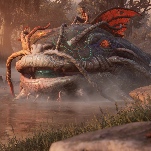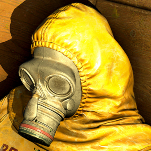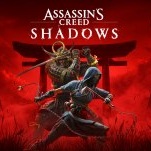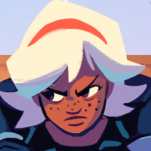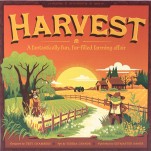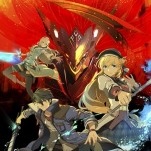WB’s Smash-Style Platform Fighter Multiversus Innovates More than It Imitates

Multiversus is a curse breaker. Genre-defining titans with 89 playable characters and a rich history aside, platform fighters generally don’t feel as good as Multiversus. Brimming with character and charm, this crossover between some of Warner Bros.’s most popular properties defies the hollow, often lifeless status quo that plagues most other games in the genre. Beyond that, it delivers a deliriously fun, wildly creative take on the genre that’s sure to leave its mark on fighting games for years to come.
I remember when information about Multiversus first leaked a few months ago. Reading the game’s initial details with all the fresh fog of being woken up too early by an early-rising roommate, I thought to myself, “A free-to-play platform fighter with WB characters? There’s just no way,” and went back to sleep, convinced it was some strange dream or a well-crafted prank. I mean, come on—LeBron James and Bugs Bunny beating each other up in a free-to-play display of corporate-synergistic mayhem seemed too bizarre.
Cynically clutching my Super Smash Bros. fanboy pearls, I was worried even before I’d seen a second of in-game action. At the time, I was fresh off a disappointing crossover platform fighter in Nickelodeon All-Star Brawl. That game’s reportedly troubled and rushed development resulted in a final product so lackluster and shaky that its cast of lively characters like SpongeBob Squarepants or the Teenage Ninja Turtles felt dour. The last thing I wanted was another competitive-focused platform fighter to flop thanks to corporate oversight, and what little I knew about the game didn’t help.
I wasn’t just convinced that mismanagement could lead to a game that didn’t match its potential. With an immaturely fanboyish mindset, I believed that a crossover platform fighter couldn’t work without a Sakurai. After all, Smash is miraculously fun, tight and well-balanced. Still, that franchise—especially Ultimate—is an unparalleled celebration of its medium thanks in no small part to the clear love and care exuded from the minds behind it.
Of course, as more and more officially came out about the game I happily ate my words. While I can’t say I exactly have a strong connection to much of WB’s stable of IP like I do with Nintendo’s, Multiversus’s take on the platform fighter seemed so fresh that I couldn’t help but get excited. The key to that freshness is that Multiversus doesn’t try to eat Smash’s lunch. It feels like the first platform fighter that isn’t in some way trying to be Melee. While I don’t think Melee is the ultimate in Smash, let alone the genre, it’s the gold standard for many platform fighter developers when creating a new game because of its mainstream success and competitive longevity.
The basics are still there: damage your opponent as you try to knock them out of a ring inspired by a location from Rick and Morty or Adventure Time. Naturally, that’s easier said than done. If you’re not careful, Lebron James might knock you out of the ring with a well-placed shot or the Iron Giant could fall on you like a meteor. Its frenetic chaos is fun and challenging, though never unfair or unbalanced, even if the game itself is still rough around the edges.
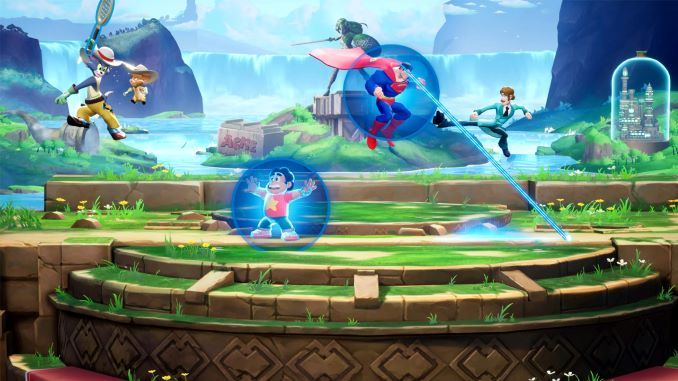
Multiversus isn’t a grandiose, museum-like celebration of the worlds it connects. Instead, it packs love for WB’s stable of IP into its subtleties, especially in its playable characters. Combatants themselves exude the same character and charm that you’d expect from a cartoon, comic or movie starring them. Bugs quips with Arya Stark, the Iron Giant recognizes Superman, and Finn and Jake have their same lovable rapport. Multiversus is full of these interactions, and with each character voiced by beloved voice actors like Matthew Lillard for Shaggy and Kevin Conroy for Batman, there’s a clear intention to do right by each fighter.
-

-

-

-

-

-

-

-

-

-

-

-

-

-

-

-

-

-

-

-

-

-

-

-

-

-

-

-

-

-

-

-

-

-

-

-

-

-

-

-

































